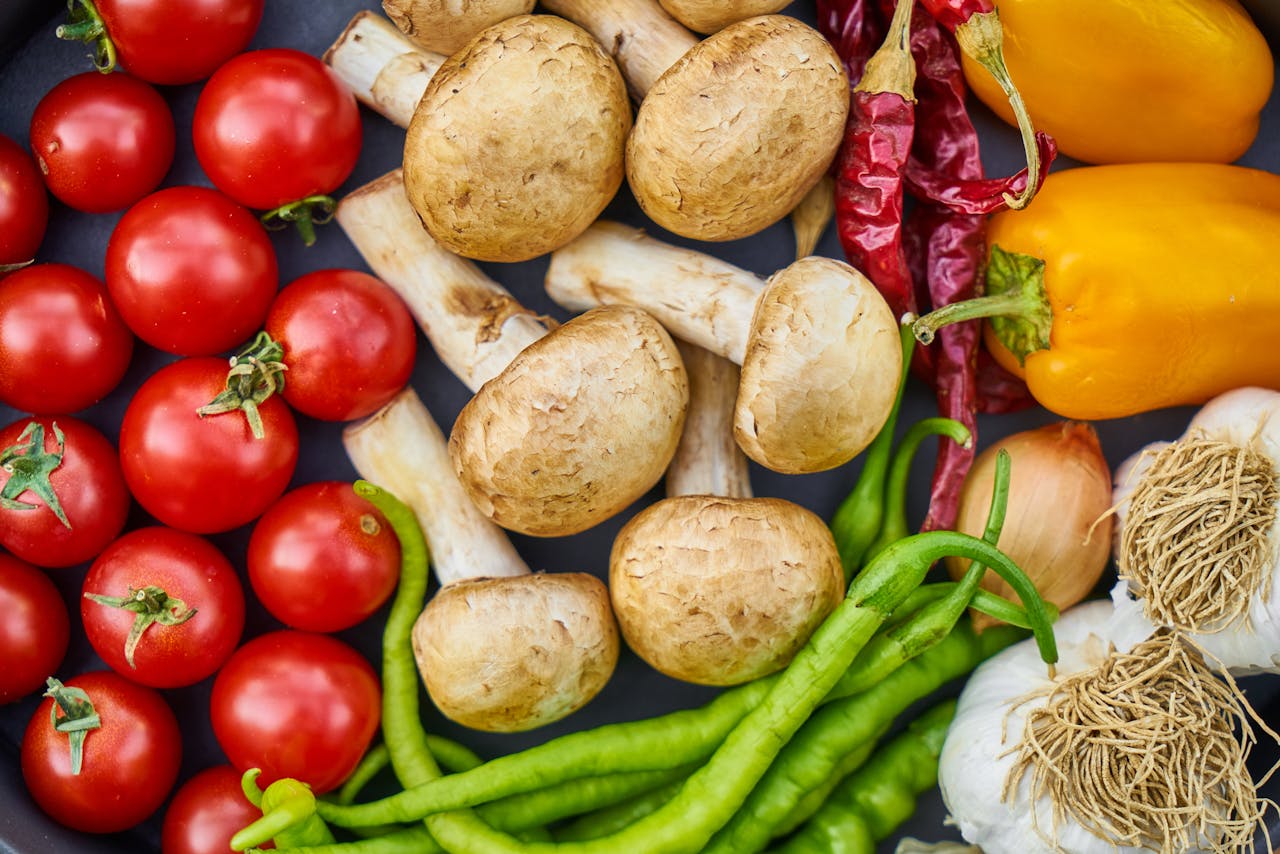Determining the “best” food farming practice globally depends on various factors, including sustainability, local climate, soil conditions, water availability, and economic considerations. However, some widely recognized sustainable and impactful farming practices and crops include the following:
Best Food Farming Practices
- Agroforestry
- Integrates trees with crops or livestock farming, improving biodiversity, water retention, and soil fertility.
- Suitable for tropical and temperate climates.
- Example: Cocoa and coffee with shade trees.
- Permaculture
- Mimics natural ecosystems, emphasizing diversity and resilience.
- Reduces reliance on synthetic inputs like fertilizers and pesticides.
- Example: Polyculture gardens with vegetables, fruits, and herbs.
- Hydroponics and Aquaponics
- Soil-free systems that grow crops in nutrient-rich water.
- Require less water and space, making them ideal for urban or arid areas.
- Example: Leafy greens, herbs, and fish in aquaponics.
- Regenerative Agriculture
- Focuses on restoring soil health through techniques like cover cropping, crop rotation, and no-till farming.
- Enhances carbon sequestration and biodiversity.
- Example: Diverse crop rotations with legumes and grains.
- Vertical Farming
- Grows crops in stacked layers, often indoors, using controlled environments.
- Minimizes land use and reduces food miles in urban areas.
- Example: Lettuce, strawberries, and microgreens.
Crops with Global Impact
- Staple Crops (Grains & Tubers)
- Rice, Wheat, Corn (Maize) – Crucial for food security.
- Potatoes, Sweet Potatoes, Cassava – Nutritious and drought-resistant.
- Protein-Rich Crops
- Soybeans, Chickpeas, Lentils – High in protein, suitable for plant-based diets.
- Quinoa, Amaranth – Highly nutritious and adaptable to challenging climates.
- Fruits & Vegetables
- Bananas, Tomatoes, Leafy Greens – High in vitamins and widely consumed.
- Avocados, Apples, Berries – High-value crops for export and nutrition.
- Drought-Resistant Crops
- Sorghum, Millet, Teff – Ideal for arid regions and climate resilience.
How to Start Growing Food
- Assess Resources and Goals
- Land size and type: Urban vs. rural, soil quality, and available space.
- Climate: Understand local temperature, rainfall, and growing season.
- Budget: Determine initial and ongoing costs.
- Choose a Farming Method
- Decide between traditional soil farming, hydroponics, vertical farming, etc.
- Crop Selection
- Start with easy-to-grow crops suitable for your region and market demand.
- Learn and Plan
- Study farming techniques, take courses, or join local cooperatives.
- Create a crop calendar and irrigation schedule.
- Prepare the Land/System
- Test soil or set up hydroponic systems.
- Use compost and organic fertilizers for nutrient-rich growth.
- Plant and Maintain
- Follow planting guidelines for spacing, depth, and timing.
- Monitor for pests, diseases, and nutrient deficiencies.
- Harvest and Market
- Plan harvesting for peak freshness.
- Identify local markets, cooperatives, or direct-to-consumer options.
Example: Starting with Vertical Farming
- Invest in a small setup with shelves, LED grow lights, and a water system.
- Start with crops like lettuce, spinach, or herbs.
- Scale up as you gain experience and customer demand grows.
